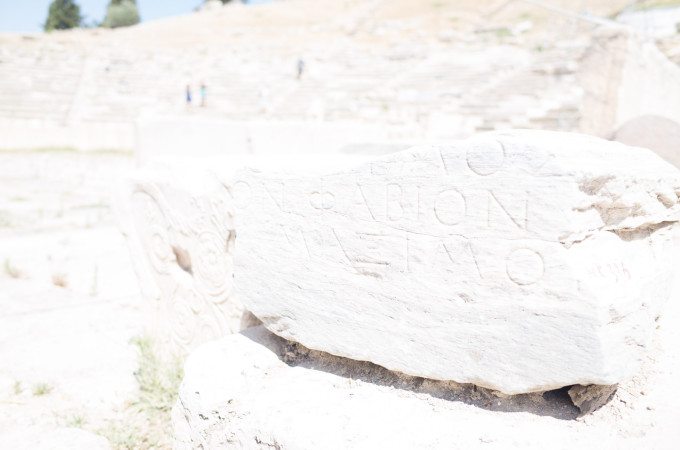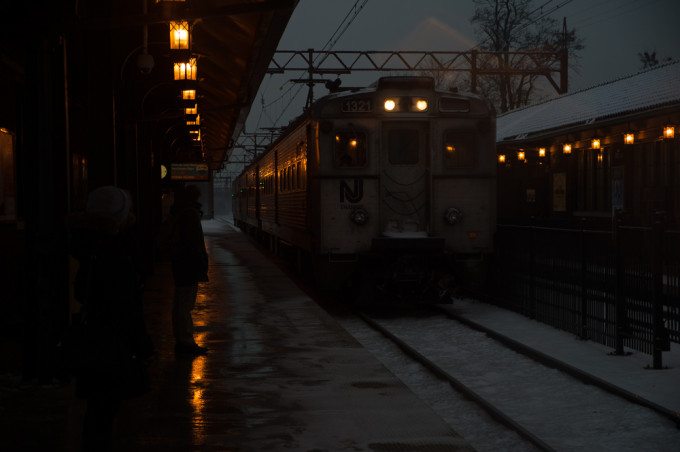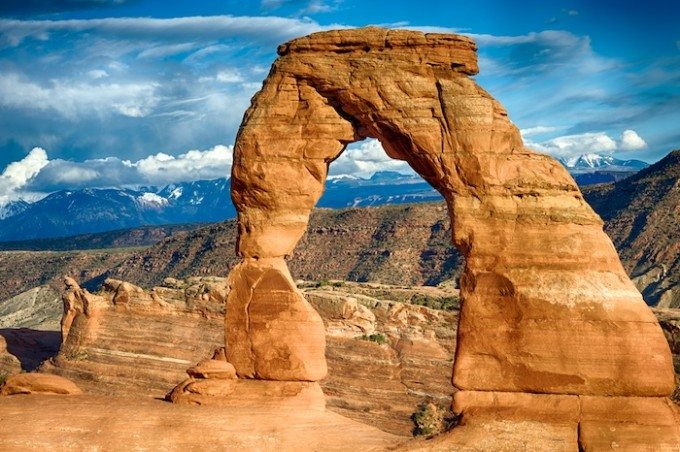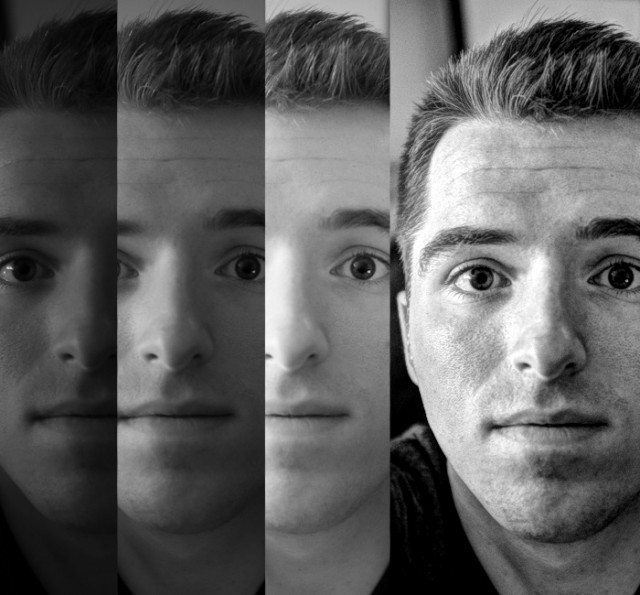Today, we continue our series of articles covering the basic terms of photography with the letter H for HDR. HDR stands for High Dynamic Range, and describes a photographic process during which multiple photographs of one and the same scene are taken with different exposure values, and are then merged into a single picture that shows much more highlight and shadow detail than would be possible with a single exposure.
Before we start, we’d like to respond to the inevitable question: why not H for Histogram? There are two reasons, actually. For one, we already talked about the general concept of dynamic range in this series, and it is only logical to build up on this with covering HDR. And secondly, we already have a series of posts dealing with the histogram, which you can find here and here. Now that we’re done with the preliminaries, let’s take a closer look at HDR.
In its most basic meaning, HDR simply states that the dynamic range of an image is higher than that of ‘regular’ images, that is higher than what common digital imaging sensors or photographic film are able to render. As a refresher, the dynamic range of an imaging device is the amount of contrast it is able to reproduce, from total black to all white. The more photons a sensor is able to take up during exposure, the higher its dynamic range, i.e. the more contrast it is able to reproduce.
When a digital sensor is exposed to light, it collects the incoming photons in its individual pixels. However, at some point, a pixel will have reached the maximum load it is able to take up, especially in bright light. This will lead to overexposure, that is to uniform white areas, such a washed-out skies in outdoors images. To work around this, one can choose to underexpose, which in turn will cause the shadow areas to contain too little information to make out any detail, because too little photons hit the pixels in those areas.


Here’s where HDR comes in. In order to work around the dynamic range limit of any given photographic medium, the photographer can take multiple pictures with different exposure values–so-called bracketed images. For example, when photographing a nature scene that contains everything from bright clouds and blue sky to a shadowy area in the foreground, in order to capture the full dynamic range of the scene one would have to take at least three pictures:
- one that is exposed ‘correctly,’ that is where the exposure has been measured according to the mean distribution of brightness in the image,
- one that is metered for the highlights, that is where the exposure is shorter so that the clouds in the sky aren’t rendered as white patches,
- and finally one that is metered for the shadows, that is where the exposure is longer so that there is more detail in the shadowy areas.
During HDR processing, these three images will be merged into a final image that combines: the highlight information from the underexposed image, the shadow information from the overexposed image, and the middle tones from the ‘correctly’ exposed image. This is best done in a dedicated software, as the process is in fact much more complicated than just opening each image in a new layer in Photoshop and then merging them into a single image. But that’s the very basic breakdown of how HDR photography works.
Some cameras come with built-in HDR modes, so that you won’t have to do the post-processing yourself. However, when doing HDR photography–regardless of whether you do it in-camera or via an external software–it’s important to keep this in mind: HDR is suited only for static objects, as even the slightest movement inbetween the individual images can cause unpleasant artifacts in the final merged image. So it’s best to use it only for landscapes, cityscapes, still lives and the like. And always use a tripod or make sure otherwise that your camera is properly stabilized.
If we got you interested in this photographic technique, check out this article on tasteful HDR photography, as well as our review of HDR Expose 2, a very capable HDR processing software.
Please Support The Phoblographer
We love to bring you guys the latest and greatest news and gear related stuff. However, we can’t keep doing that unless we have your continued support. If you would like to purchase any of the items mentioned, please do so by clicking our links first and then purchasing the items as we then get a small portion of the sale to help run the website.
Also, please follow us on Facebook, Google+, Flickr and Twitter.



